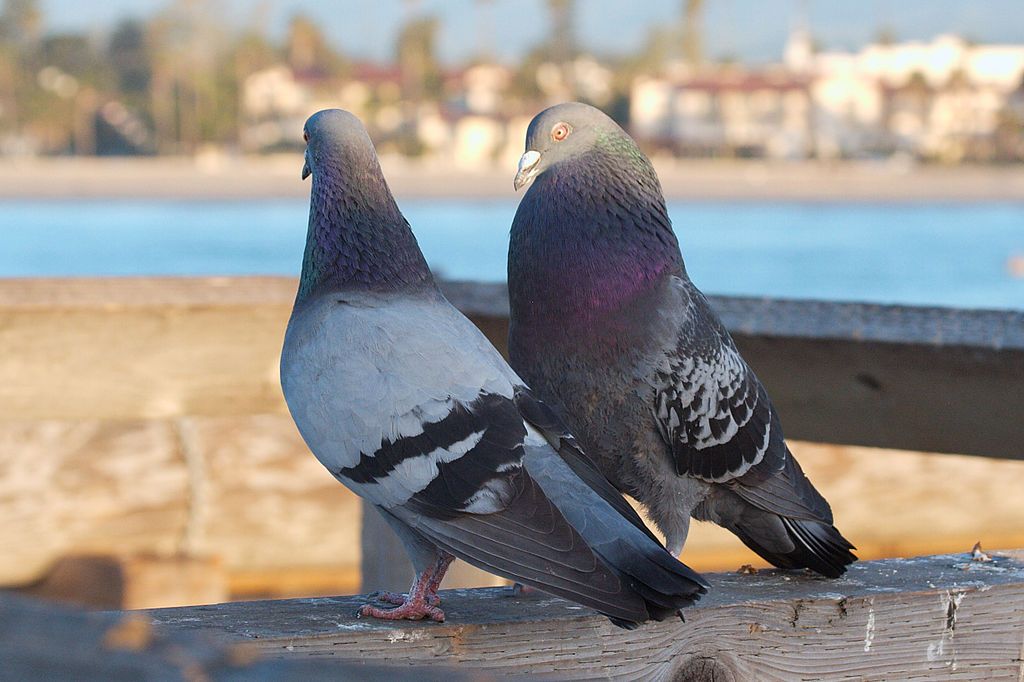
10 May 2024
Maybe you’ve noticed that after watching warblers for a while, sparrows look huge. Gloria (@Lucent508) captured them side by side.
This photo I took today is far from technically perfect but I like it bc it shows the size discrepancy between a White-throated Sparrow that can weigh btw 22-32g and Black&White Warbler that weighs btw 8-15g. The Sparrow looks like a hulk compared to this warbler! pic.twitter.com/pEadhzmWhl
— Gloria (@Lucent508) May 8, 2024
On Day 25 at the peregrine nest at Charing Cross Hospital in London (Fulham and Barnes), one of the chicks explored the nestbox ramp. He stumbled on the last step but enjoyed the outing nonetheless (the stumble is last photo though it actually happened first). At one point his mother looked at him as if to say, “Are you OK out there?”
Day 25
— FaB Peregrines (@FaBPeregrines) May 8, 2024
First chick goes out of the box for the first time. Not always elegantly. But the ramp did its jobIt was very easy for the chick to get back in. pic.twitter.com/hBW5OfVklF
Even though they are not “persons,” falconcams give us insight into the individual personalities of the peregrines on camera. This year the new unbanded female at the Wakefield Cathedral Peregrines nest (@WfldPeregrines) in Yorkshire, England has a habit never observed in the previous female: “Our previous female would never stay in the nest whilst the male fed the chicks.”
In the video below the female watches the male feed the chick. Sometimes he passes her a morsel of food which she swallows … or she feeds it to the chick. It’s not often that you see two peregrine parents feeding one chick.
How much attention does a single chick need? pic.twitter.com/qYidQNGkpi
— Wakefield Peregrines (@WfldPeregrines) May 8, 2024
(credits are in the captions and embeds)






















